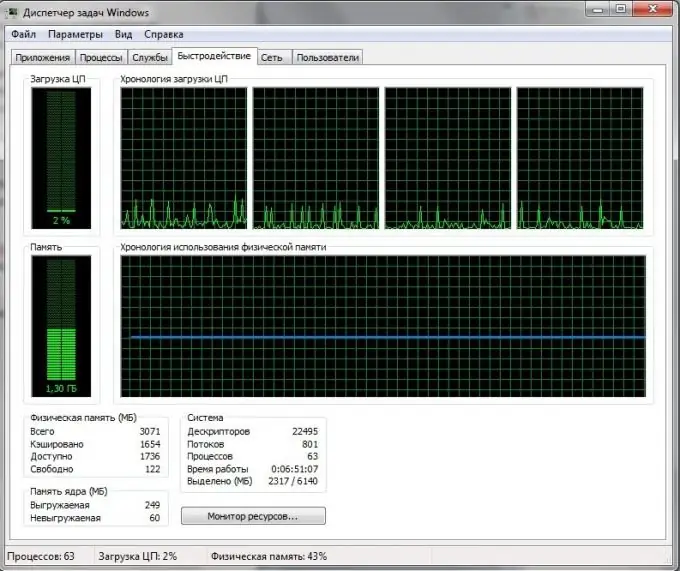Multi-core processors are relatively new. At first, the world was conquered by dual-core processors, but technologies have stepped forward and it is almost impossible to surprise with triple-core, quad-core ones. Sometimes you may not even know how many cores your processor has. And finding out the answer is quite simple.

Instructions
Step 1
If you have a Windows operating system installed, you can find out how many cores your processor has through the properties of your computer. To do this, select the "Computer" icon on the desktop, press Alt + Enter or the right mouse button and in the "Properties" context menu.
Step 2
A window will open with information about the operating system, processor, RAM and computer name. On the right there will be links, among which you need to find "Device Manager".

Step 3
The dispatcher will indicate the equipment that you have installed. Find the item "Processor" in the list and click on the arrow next to it. A column will expand, which will indicate the number of your processors.

Step 4
You can start the Task Manager with the combination Ctrl + Shift + Esc. Open the tab called "Performance". The number of windows in the CPU utilization history section corresponds to the number of cores in your processor.

Step 5
If simulated multi-core processor is enabled on the computer, then the task manager will show the number of simulated cores. This can be determined if all cores show exactly the same load. Then the free CPU-Z utility may come in handy. The CPU tab shows all information about the processor. At the bottom there is a Core window, where the number of cores is indicated.
Step 6
You can use another free PC Wizard program. It can be downloaded from the developer's website. Install the program on your computer. Run the PC Wizard.exe file, click the "Hardware" tab, then "Processor". On the right, find the "Element" section, and in it the Number of core item. The Description section displays the number of cores.






